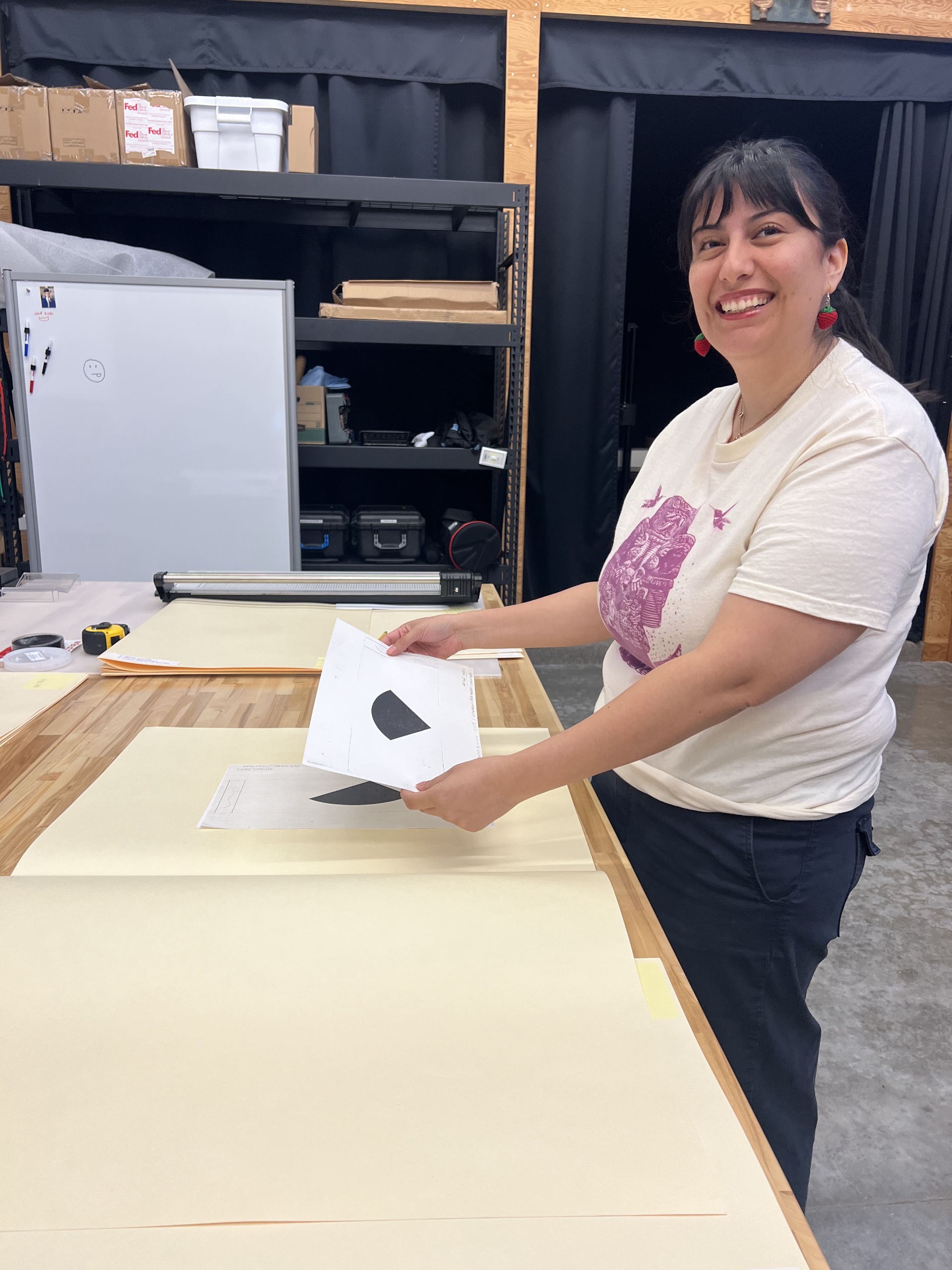Digital Preservation
Stabilize born-digital & digitized assets with practical workflows and documentation.

What Jennifer Delivers
- Practical, standards-informed workflows that fit real institutional constraints.
- Documentation first: repeatable steps, logs, and clear handoffs between teams.
- Risk-based decisions that prioritize stabilization and access without over-engineering.
Core Outcomes
- Consistent file naming, inventories, and fixity for audit-ready stewardship.
- Tiered storage with preservation copies and recoverable backups.
- Streamlined digitization intake and clear conservation escalation paths.
Digitization Planning & Intake
- Scope definition, priorities, and throughput targets.
- Requests intake forms and queue tracking.
- Specs sheets (resolution, color profile, bit depth, file formats).
File Naming, Inventory & Fixity
- Human-legible, machine-parseable naming conventions.
- Master inventory (CSV) with technical + administrative metadata.
- Fixity checks (e.g., SHA-256) with scheduled verification logs.
Preservation Copies & Storage Tiers
- 3-2-1 backup strategy and integrity monitoring.
- Hot/warm/cold tiers mapped to access patterns and budgets.
- Lifecycle policies for migration and deprecation.
Basic Conservation & IPM
- Freezing protocols for at-risk materials.
- Integrated Pest Management (IPM) alignment.
- Condition checks and incident documentation with escalation.
Case Study: Stabilizing a Legacy Oral-History Drive
Jennifer was tasked with stabilizing a legacy external drive containing mixed born-digital and digitized assets: oral-history WAV/MP3 files, interview transcripts (PDF/DOCX), and TIFF/JPEG stills. Working with a small team and limited time, she implemented a light-weight but standards-aligned workflow.
Approach
- Created a controlled file-naming schema and master inventory (CSV) with IDs, formats, checksums, and rights notes.
- Generated SHA-256 checksums for all masters and instituted scheduled fixity verification.
- Packaged assets using a simple BagIt-style structure for transfer and validation.
- Deployed a 3-2-1 backup model with tiered storage (working, preservation, off-site).
- Prepped access derivatives and basic ingest documentation for the discovery platform.
Results
- Audit-ready documentation (inventory + fixity logs) and faster retrieval.
- Reduced risk of data loss through tiered redundancy and periodic validation.
- Clear handoffs to cataloging and access teams with repeatable steps.
- Improved researcher access via consistent file names and derivatives.
Note: Institutional details are summarized to respect internal policies and confidentiality.
Need a practical preservation plan?
Partner with Jennifer to stabilize assets, document workflows, and safeguard access.
Contact
Send a note—I'll get back to you soon.